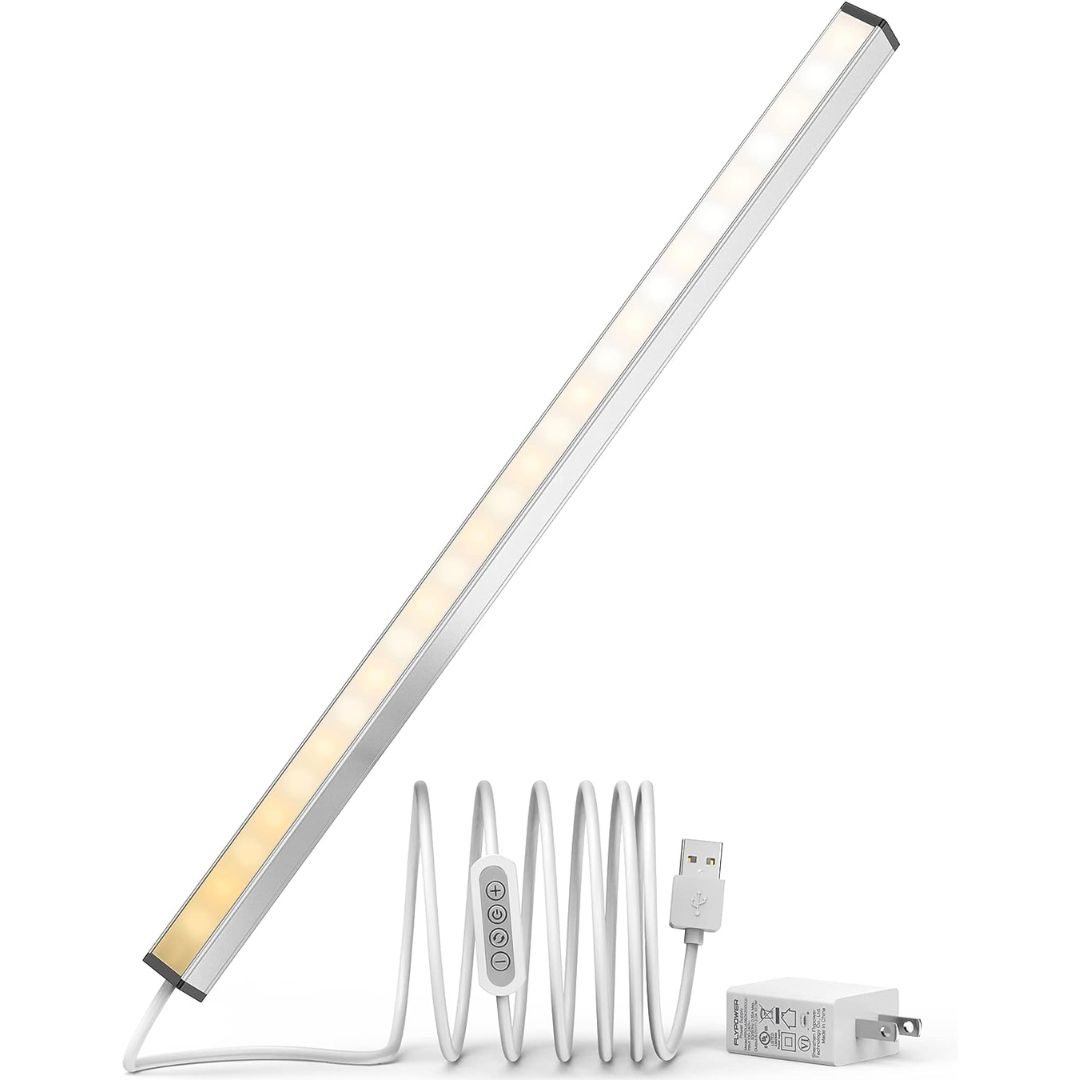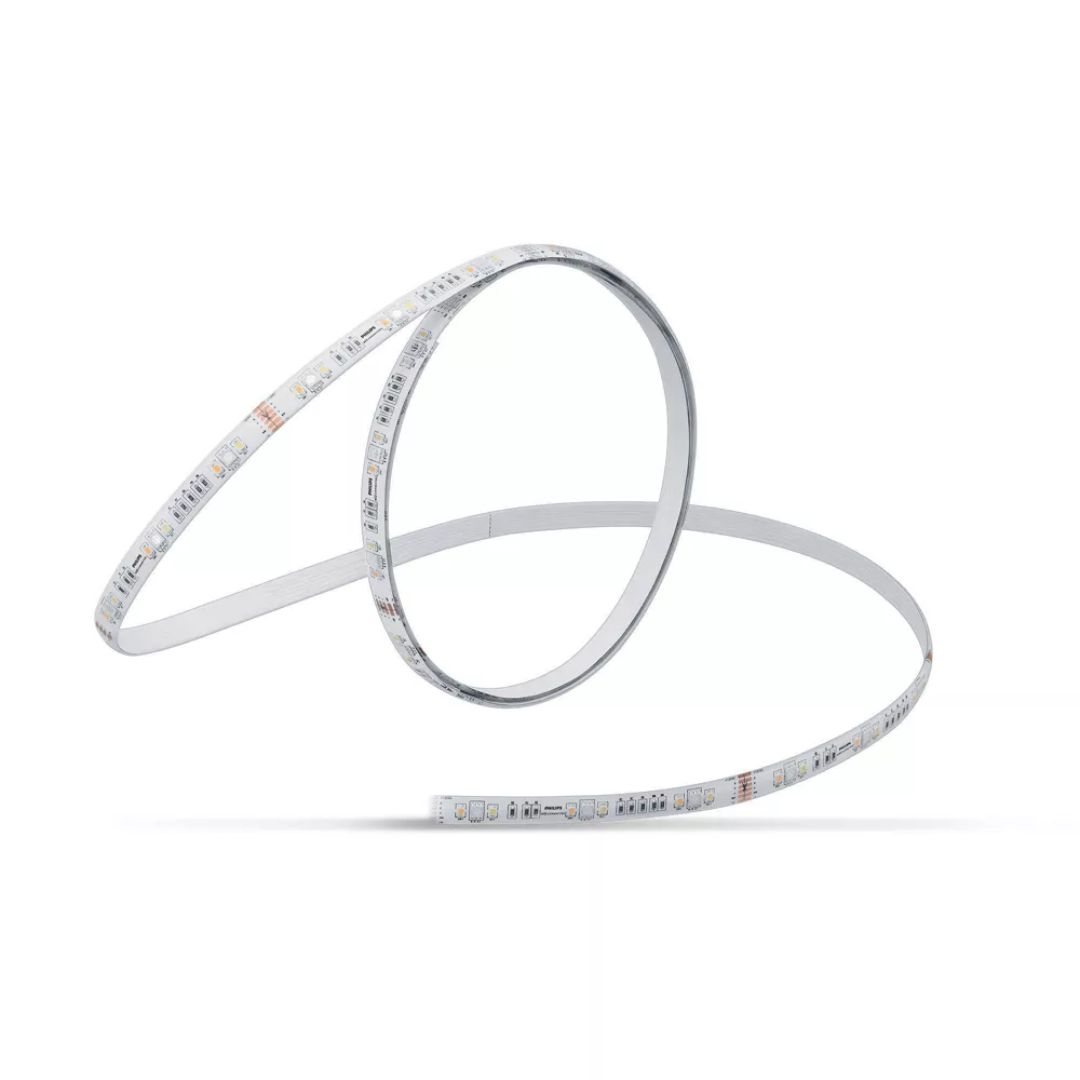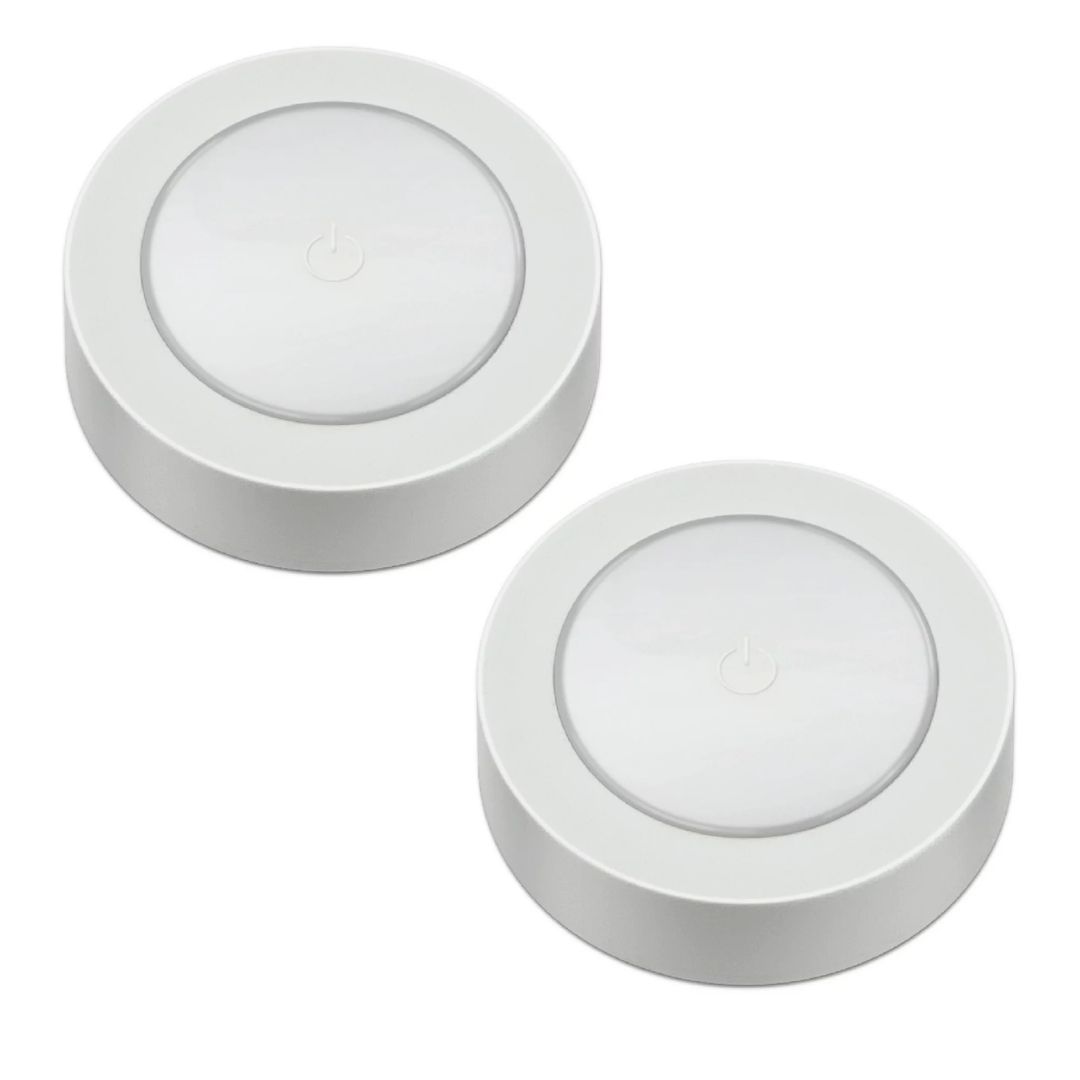Forget Ceiling Lights — Under-Cabinet Lighting Might Just Be the Most Essential Fixture in the Kitchen
Under-cabinet lights straddle aesthetics and functionality, and it's the detail designers never overlook in modern kitchens
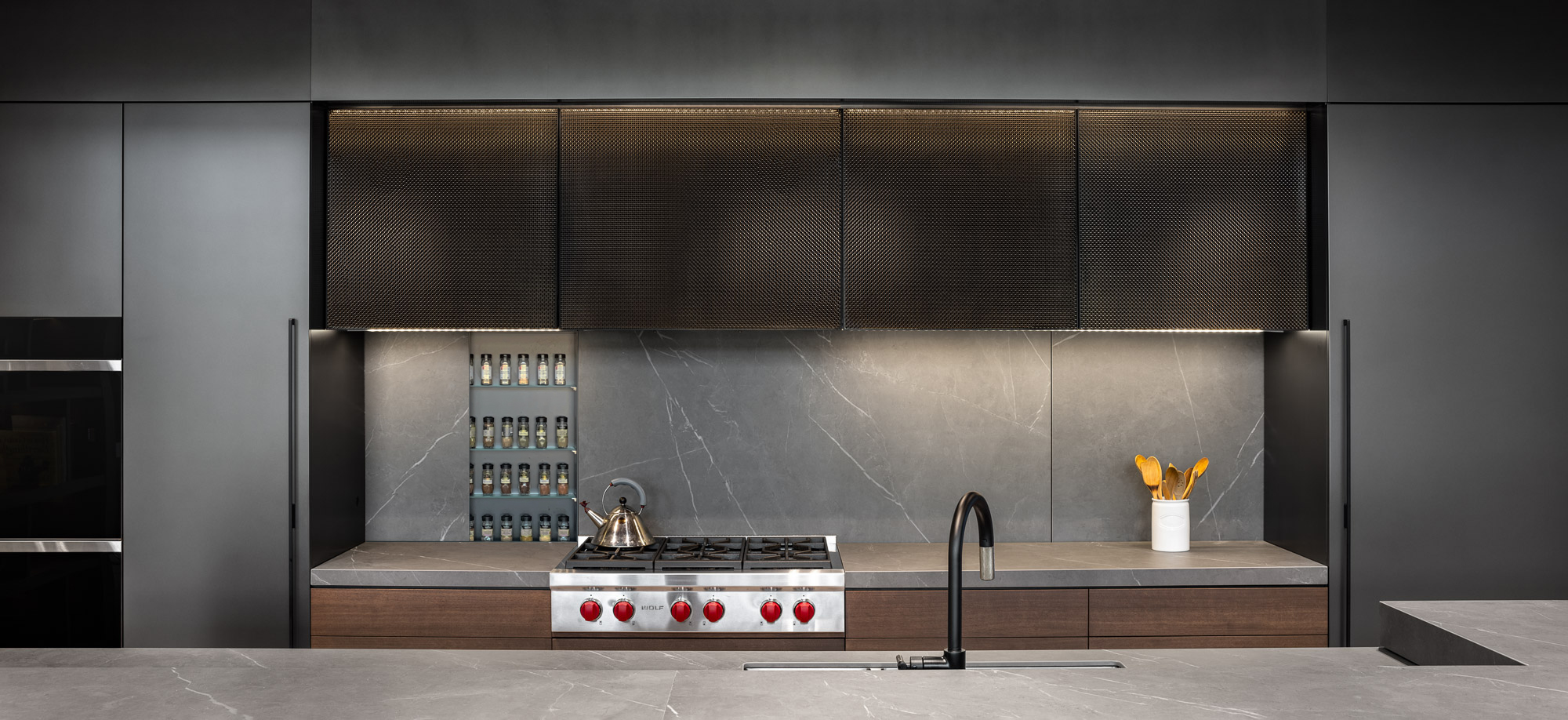

Under-cabinet lighting is that warm, recessed light you add underneath the kitchen cabinetry to illuminate the area immediately surrounding it. The fixture is designed to be hidden and space-saving, and its effect is a light, warm glow that doesn't overwhelm the entire room. It simply illuminates the counter and its contents, while also making the room energy efficient. So, what's not to like about them?
To give you more ideas, we asked experts to share examples on how to use this kitchen lighting idea effectively. Take a look and get inspired.
1. Use the light to highlight materiality
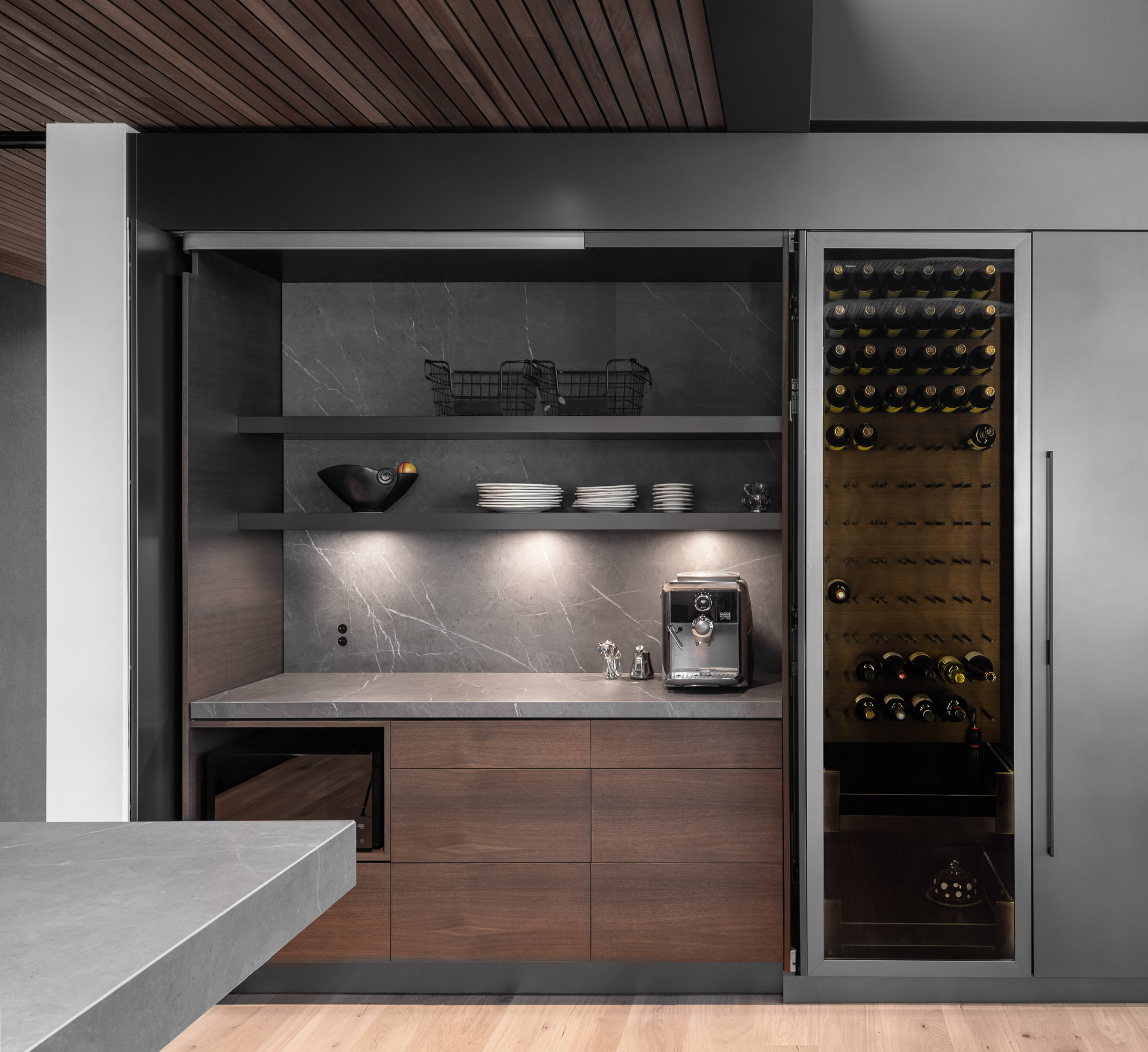
If yours is a high-end, modern kitchen equipped with luxe materials, it would be a shame to keep its design in the dark. Have a beautifully veined marble or natural stone, and are wondering how to best light the kitchen countertop? The LED under-cabinet light will do a much better job than any kitchen pendant lighting or a chandelier.
'Under-cabinet or task lighting in the kitchen is one part of a kitchen's lighting design package that also includes ambient, feature and decorative lighting,' says Dovide Secter, founder of Secter Architecture + Design. 'An under-counter dimmable fixture that casts evenly over a worktop without shadowing is essential; it provides functional light while also being an integral part of setting the mood within a space.'
2. Illuminate the upper and lower cabinets with LED strips
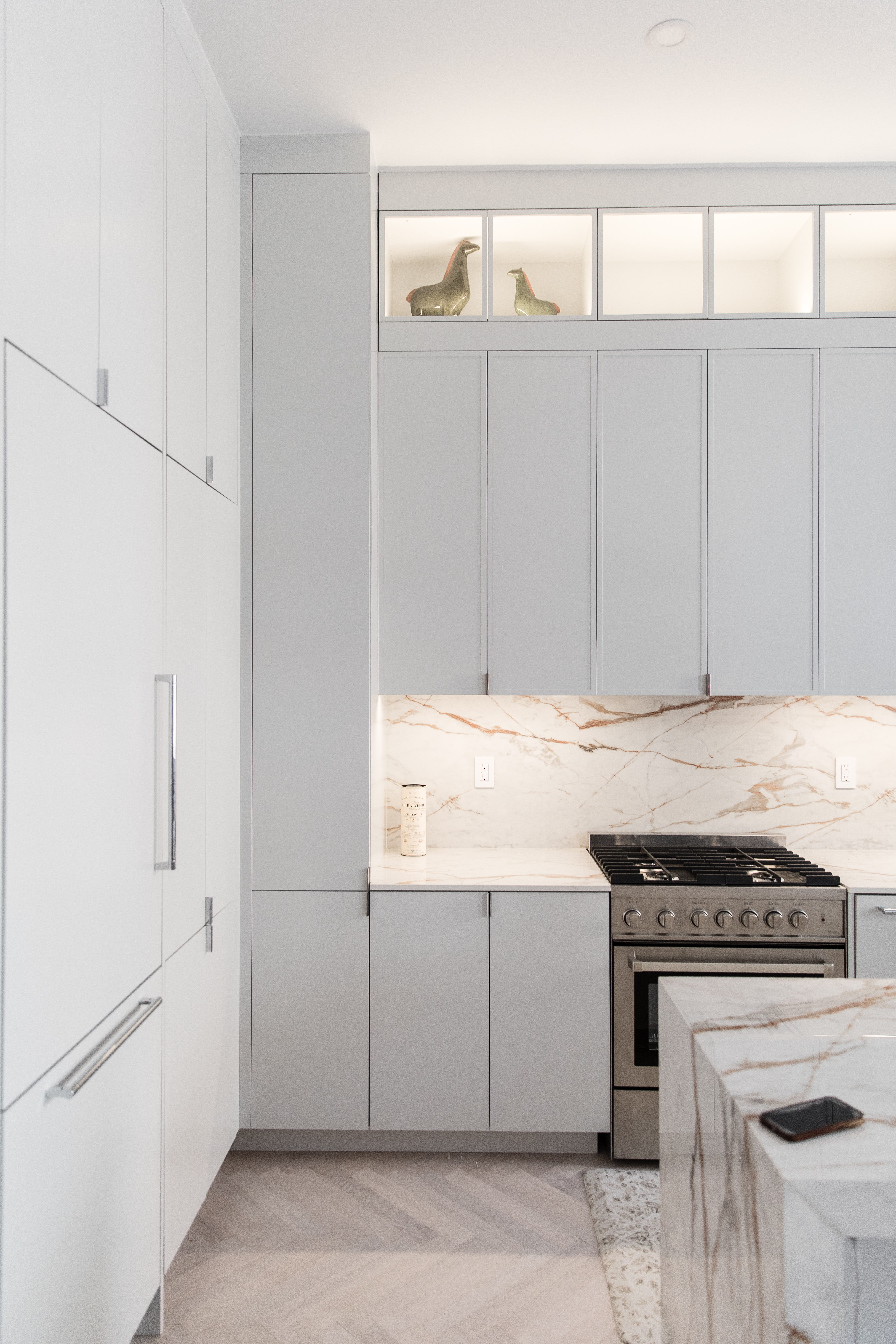
Not only ideal for the lower cabinets, these can be used to illuminate upper kitchen cabinets, lower shelves and more. If you're wondering how to add these lights to your small kitchen, consider tape lights. These can be added to complex areas, and can work as architectural accent lighting in nearly any space. For those who need a low-voltage solution, this can work well. The lights tend to be available in long reels (usually about 16 feet) and are flexible. Alternatively, puck lights are also great LED lighting contenders. These are round, short lights that can be installed on the underside of the cabinetry.
'We included under-cabinet lighting because of the way it highlights the stone backsplash,' says Matthew Rauch, principal architect at Rauch Architecture. 'The simple move of adding the lighting makes the entire kitchen glow and adds warmth to the otherwise muted kitchen palette.'
'We usually specify under-cabinet lighting because it is both beautiful and functional,' adds Matthew. 'It not only creates a powerful design feature but it also lights up the important work surfaces by the range and the sink, giving you the right amount of light right where you need it while cooking your food — without any of the shadows that would typically be produced by the overheads.'
3. Utilize under-cabinet lighting as a decorative feature
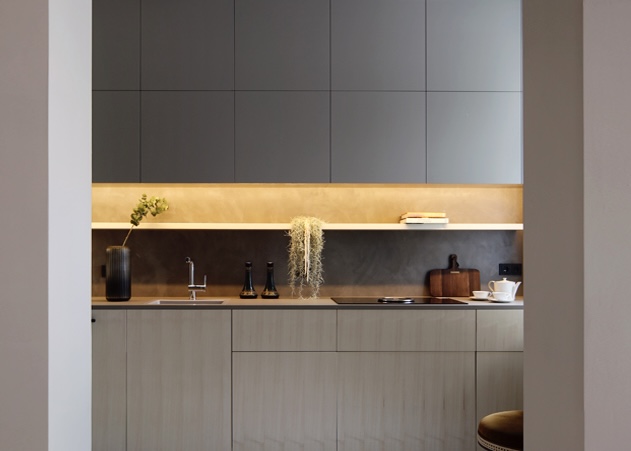
Consider this look: a black kitchen or a dark blue kitchen, with a slim under-cabinet area lit with a warm yellow light. The effect is subtle yet smart. In darker kitchens, the glow of an undercabinet light can add beauty, and aesthetics and even highlight any interesting architectural detail in the space.
'This project features modern materials, combined with a moody color palette,' says Charlotte Wiessner, founder of Carlo Berlin. 'Adding indirect lighting to the kitchen adds warmth to the space, while providing functional illumination for cooking tasks. Placing the lights underneath the cabinets prevents impractical shadowing on the countertops and conceals the light source itself, allowing for a clean design that does not distract from other elements, but subtly highlights them instead. Also, it adds a decorative accent.'
4. Install LED strips to showcase barware
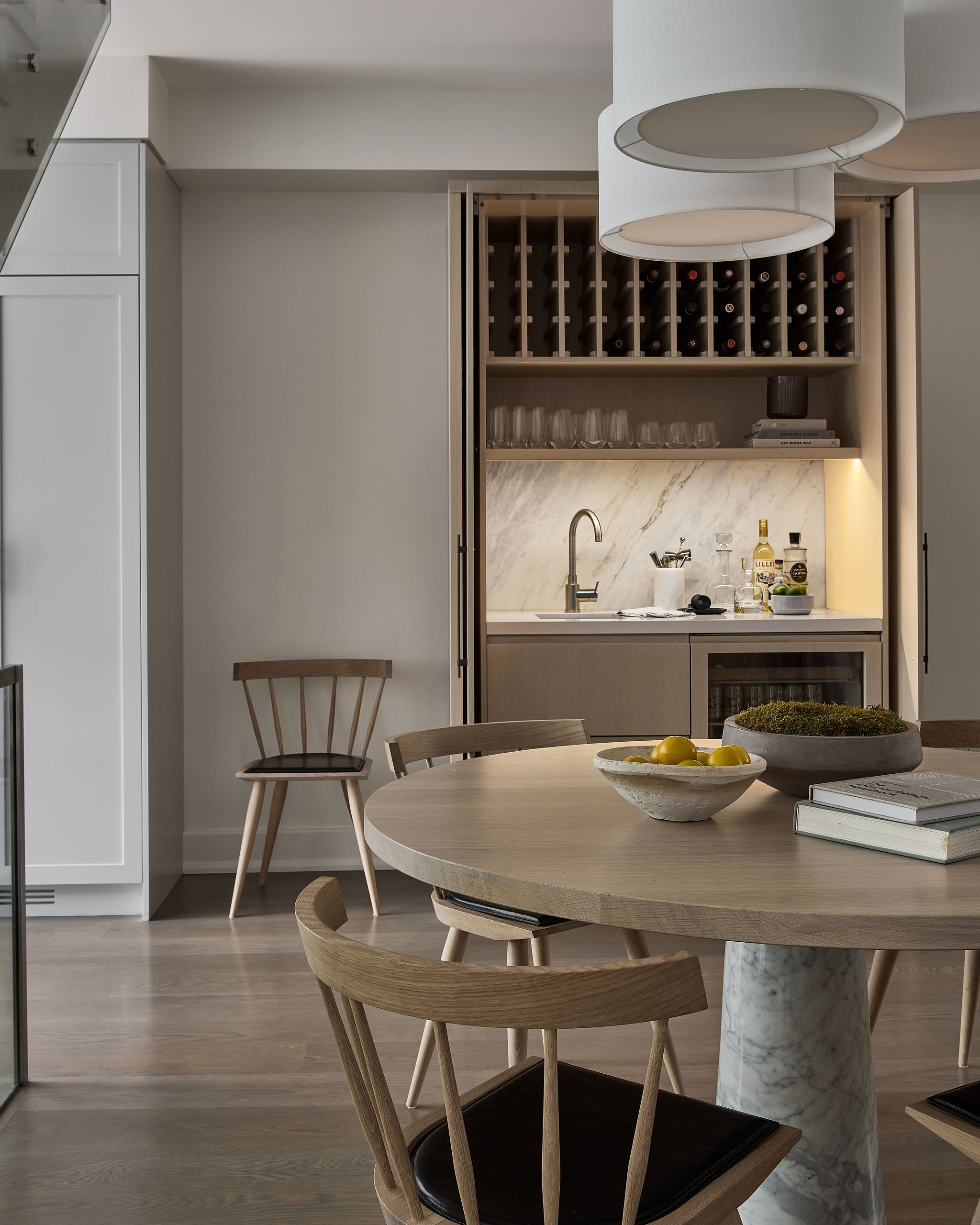
A bar light when installed in a wet bar or a pantry space in the kitchen can go a long way in highlighting the entire length and contents of the counter. These are especially useful if you own interesting and expensive barware, spirits and more. It's also great to install in a coffee corner, to showcase your best brews. Strip lights will ensure an even distribution of light, and can even offer colored light.
'LED strip lights are a go-to for our projects,' says Erin Hannon-Watkinson, founder of STUDIO HA/WA. 'They provide a consistent cast on the backsplash and working surface. They are low profile which allows them to sit flush with the underside of your cabinet or floating shelf for an integrated and seamless look. When designing more furniture-like millwork pieces we like to include a door-activated switch that creates a nice surprise when you open the doors.'
5. Use under-cabinet lighting to highlight shelving
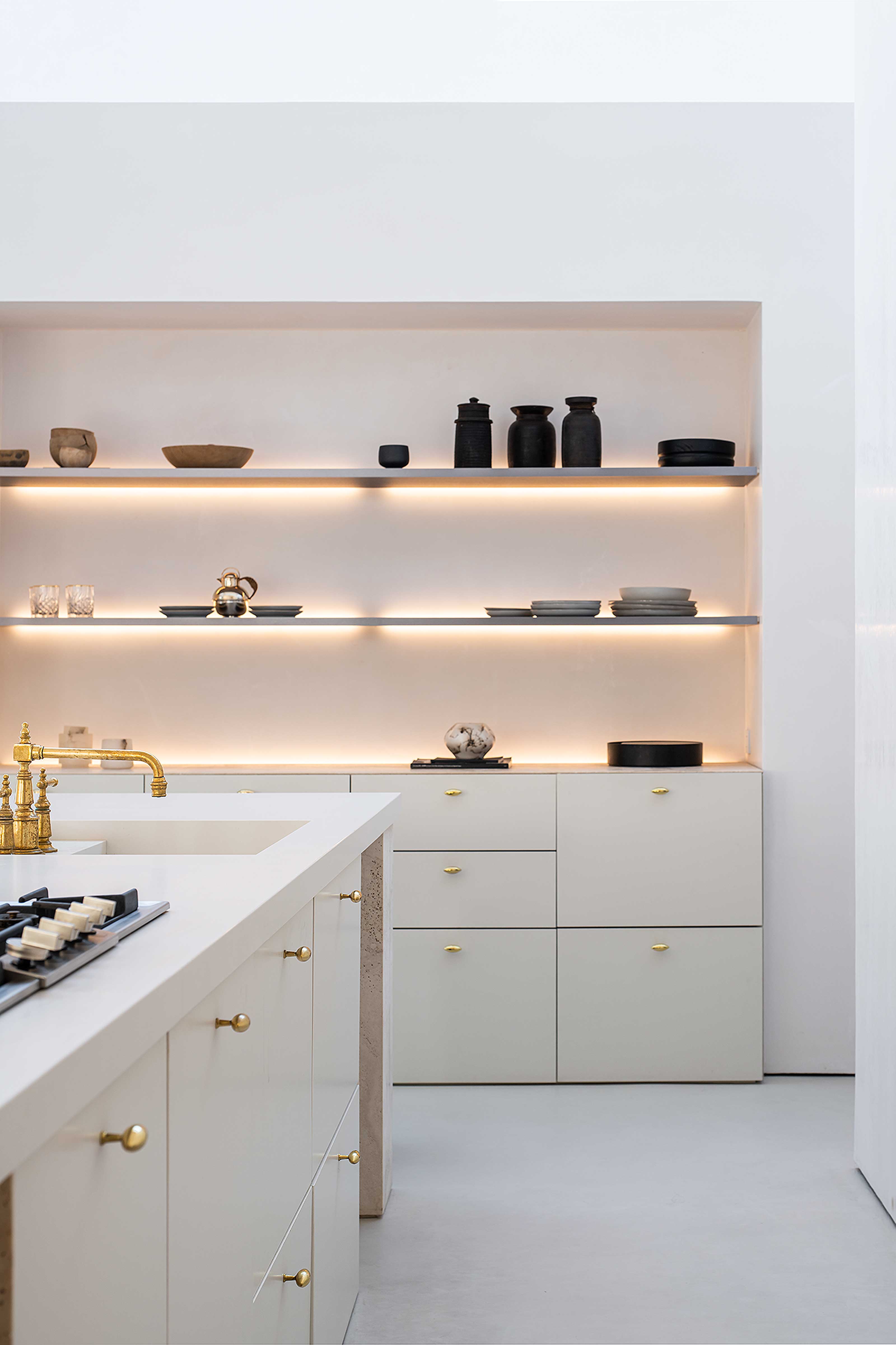
Apart from cabinets, these nifty lights can highlight a kitchen shelf, or a series of shelves. One thing to note is that color and finish are important stylistic elements to these fixtures. While these are well hidden or out of sight, sometimes, in open storage units, they may be visible at various angles. Choose materials and colors that coordinate with your shelves for the most seamless look.
'For under-cabinet lights, I typically recommend using 24V lighting as it offers a bright, faultless light that can be easily dimmed when necessary,' says Kashi Shikunova, director at Yam Studios.
3 Under-cabinet lights to buy
Be The First To Know
The Livingetc newsletters are your inside source for what’s shaping interiors now - and what’s next. Discover trend forecasts, smart style ideas, and curated shopping inspiration that brings design to life. Subscribe today and stay ahead of the curve.

Aditi Sharma Maheshwari started her career at The Address (The Times of India), a tabloid on interiors and art. She wrote profiles of Indian artists, designers, and architects, and covered inspiring houses and commercial properties. After four years, she moved to ELLE DECOR as a senior features writer, where she contributed to the magazine and website, and also worked alongside the events team on India Design ID — the brand’s 10-day, annual design show. She wrote across topics: from designer interviews, and house tours, to new product launches, shopping pages, and reviews. After three years, she was hired as the senior editor at Houzz. The website content focused on practical advice on decorating the home and making design feel more approachable. She created fresh series on budget buys, design hacks, and DIYs, all backed with expert advice. Equipped with sizable knowledge of the industry and with a good network, she moved to Architectural Digest (Conde Nast) as the digital editor. The publication's focus was on high-end design, and her content highlighted A-listers, starchitects, and high-concept products, all customized for an audience that loves and invests in luxury. After a two-year stint, she moved to the UK and was hired at Livingetc as a design editor. She now freelances for a variety of interiors publications.
-
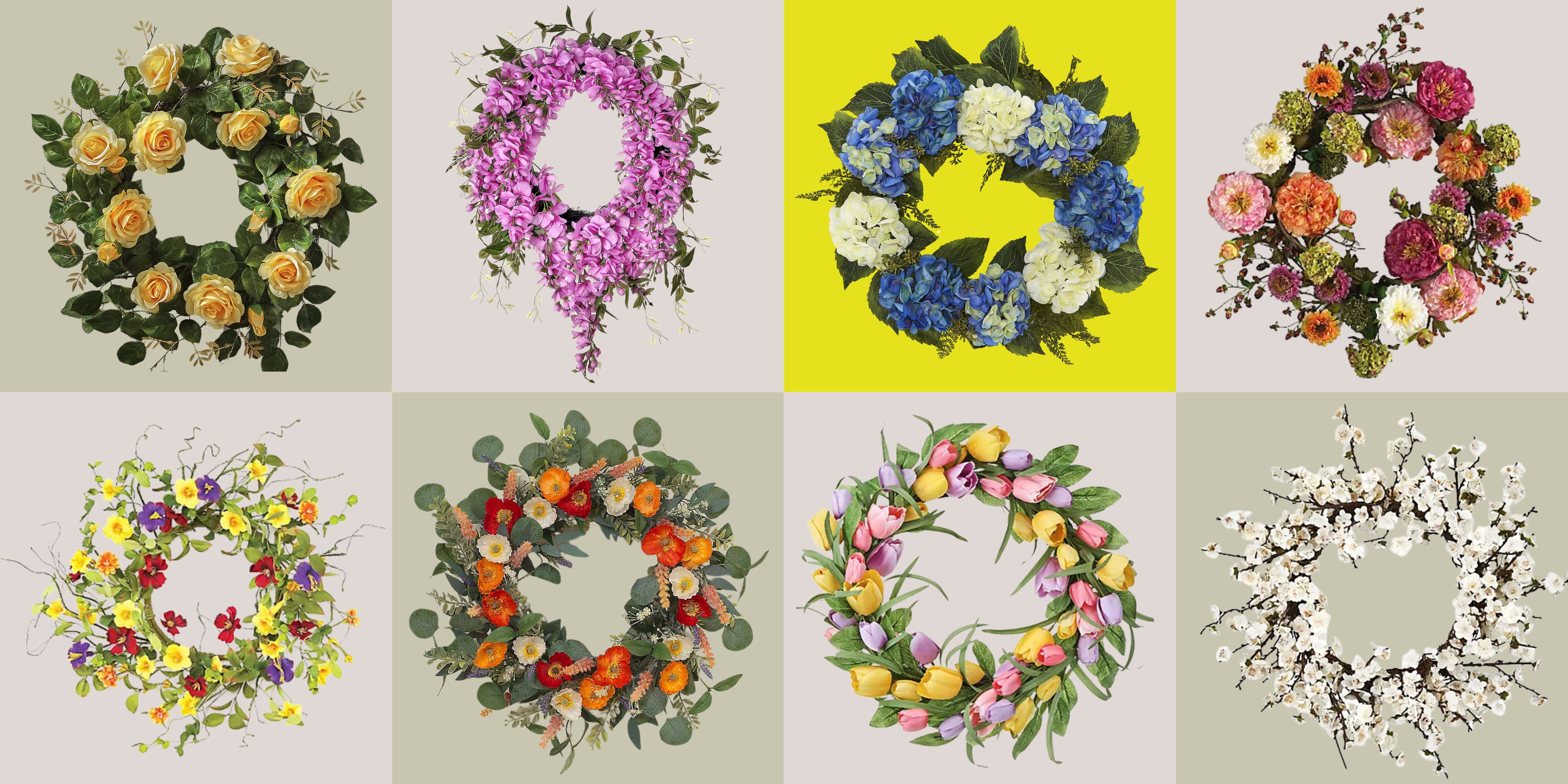 These Are the Flower Crowns I’m Wearing This Spring (Spoiler: They’re Actually for My Door)
These Are the Flower Crowns I’m Wearing This Spring (Spoiler: They’re Actually for My Door)Coachella confirmed the comeback of flower crowns. At home, they just go by another name: the spring wreath
By Julia Demer
-
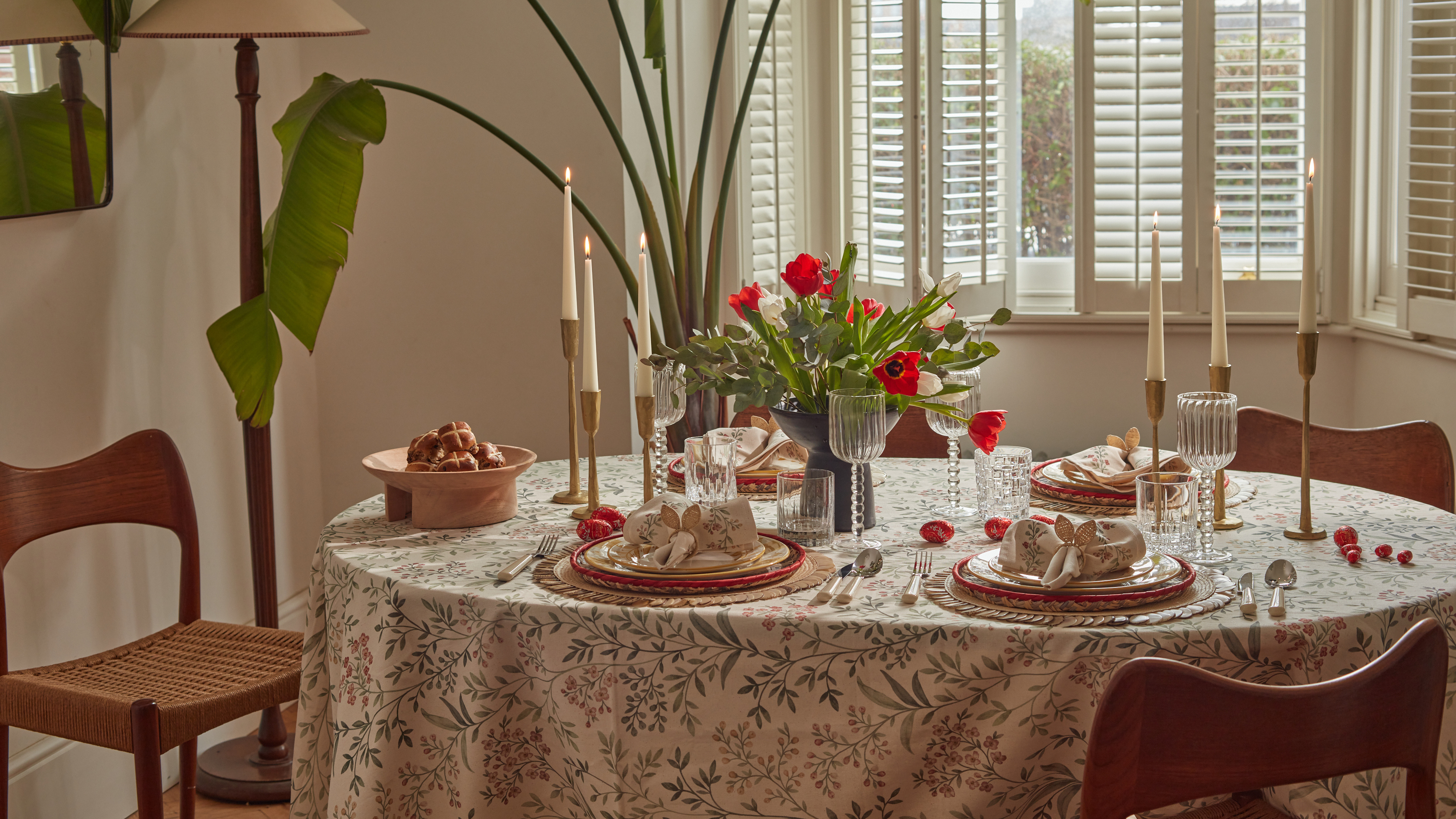 Bunny Ears, Be Gone — 7 Easter Table Styling Mistakes That Will Take Your Setting from Tawdry to Tasteful
Bunny Ears, Be Gone — 7 Easter Table Styling Mistakes That Will Take Your Setting from Tawdry to TastefulFrom fussy floral displays that disrupt conversation to over-relying on tacky tropes, don't fall victim to these errors when decorating your Easter table
By Lilith Hudson
